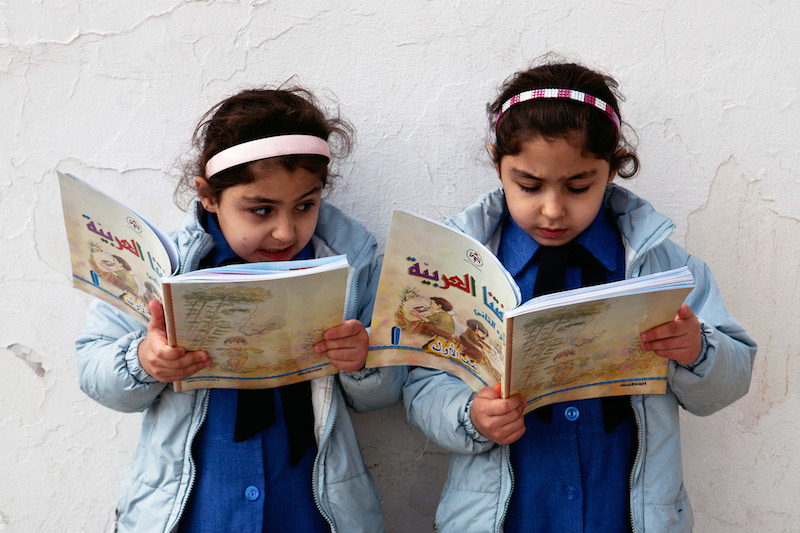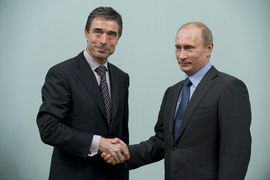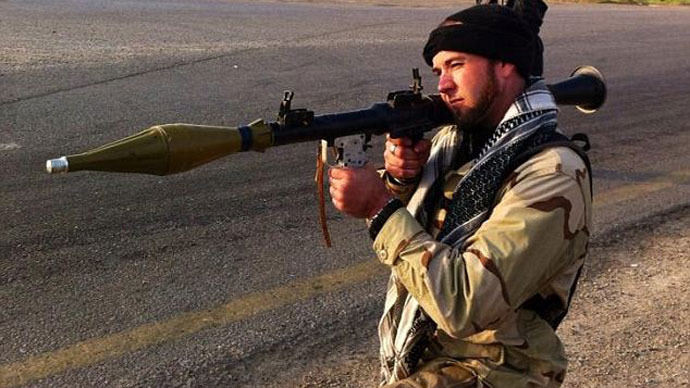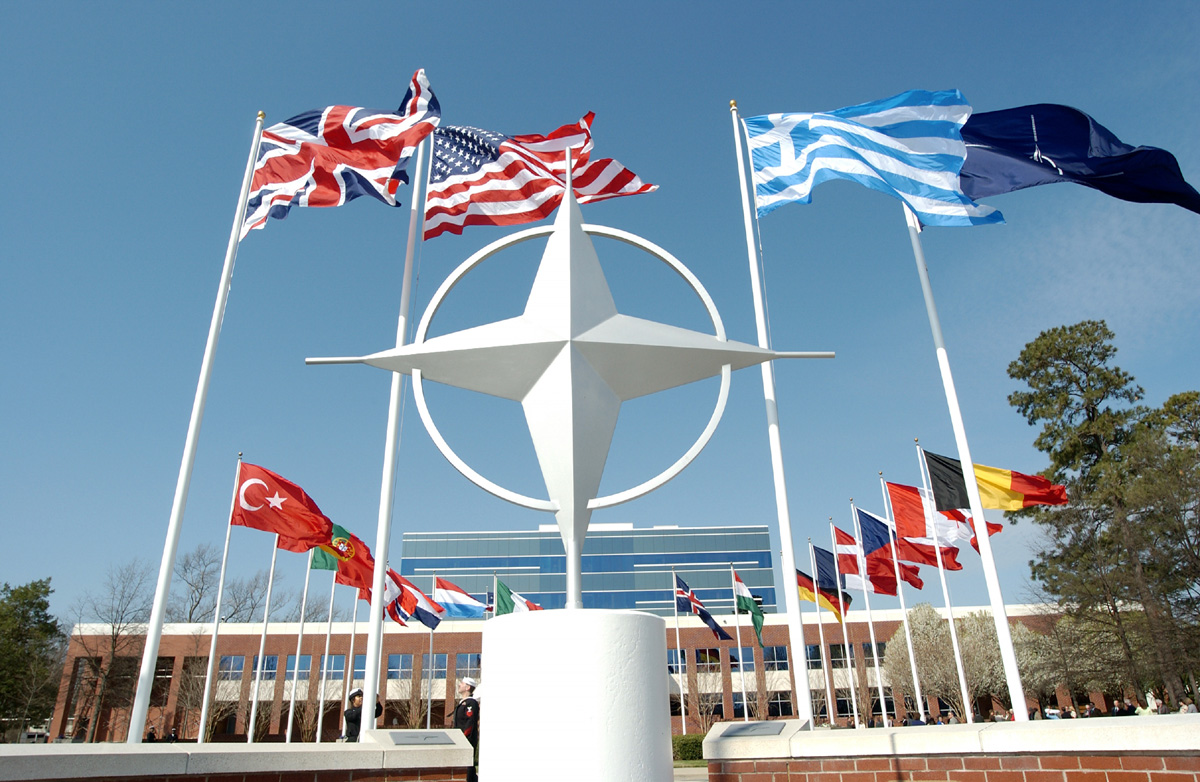…Continue from Part I
3. What role do you see the government of a country going through armed conflict playing in ensuring the right to education? In such circumstances, should the onus to ensure this right fall only to NGOs and the international community?
Governments of countries going through armed conflict have a key role to play in ensuring all children’s right to education. For one, it should review the potential for converting some big-budget items such as military spending into investments in education. While countries have to respond threats and insecurity, it should do so in a way that doesn’t compromise investments in education as such results to lost opportunities for education, reinforcing poverty, unemployment and marginalization that drive many conflicts.
Governments should also strengthen systems that monitor and report on human rights violations affecting education, stop violations and penalize offenders. Governments should also work with other sectors to ensure that schools are declared as zones of peace and protected from attack and abuse.
Governments should also find ways to progressively create an inclusive education that nurtures peace. Schools should be seen as places for imparting not only literacy, numeracy and life skills but also vital skills such as tolerance, mutual respect and ability to live peacefully with others.
Finally, in areas where governments cannot provide education, owing to insecurity of doing so, governments must be able to support other players (i.e. international development/humanitarian players, INGOs, CSOs) to ensure that education obtained from the programs implemented are recognized and certified by governments. Furthermore, governments must find ways of sustaining and/or integrating these initiatives into the national education system once conflict ends.
4. Education in armed conflict, as well as in emergencies in general, faces intense financial burdens. In particular it startles the area between humanitarian aid and long-term development aid. At the World Humanitarian Summit in Turkey the Education Cannot Wait Fund was launched as a way to fill the gap in financing and ensuring long-term aid for children in disaster affected areas. How effective do you find this solution?
Education in emergencies has always suffered from double disadvantage: a small share of humanitarian funding request and smallest share of funded requests. As a case in point, in 2014, less than 2% of humanitarian appeals were directed to education. Moreover, in 2015, while humanitarian response plans identified nearly 40 million children and young adults in need of education, only 18 (45%) million were targeted for assistance through education appeals. However, lack of funding and uptake from donors enabled the international community to reach only 4.8M (12%) of children and young adults in crisis situation and in need of education. Furthermore, most funding are short-term in nature, leaving those countries reeling in long drawn wars and conflict, unable to pick up the pieces and rebuild their education systems. In short, education in emergencies funding are short in many ways negatively impacting the chances of those trapped in crisis and conflict to recover and develop to their full potential.
The Education Can Not Wait Fund is a noble initiative that aims to call global attention to the importance and urgency of a sustained and adequate support for Education in Emergency, especially in areas affected by armed conflict. It calls for particular attention, support and action to refugee education. It offers a practical and realistic way forward to ensuring that by 2030, all children, including those affected by armed conflict and other crises have access to education. It offers innovative funding mechanisms that aim not only to respond to emergency but to help build strong education systems that can withstand conflict and disasters. A key innovation is the Breakthrough Fund which will support EiE efforts at the national level in times of conflict and crises, through recovery, through rebuilding. Using 95% of overall investment, this fund aims to bridge the divide between humanitarian-development assistance by offering rapid response, multi-year support and pop-up funding mechanisms at the national level. This will be complemented by an acceleration facility (5% of overall investment) which aims to expand and strengthen collective work to deliver high quality education service in crises and support knowledge management on what works in EiE.
In summary, I think the ECWF is a potentially effective solution to everything that ails EiE now. I foresee that there will be birthing pains in its roll out but as long as stakeholders remain focused on the goals and remember that this is a real opportunity for ensuring the education of children in crises and conflict around the world, then I think that everyone in the education sector should give it the big support it clearly needs at this time.
Photo by Tanya Habjouga via Wikimedia Commons. Licensed under CC BY-SA 3.0.
Disclaimer: Any views or opinions expressed in articles are solely those of the authors and do not necessarily represent the views of the NATO Association of Canada.




